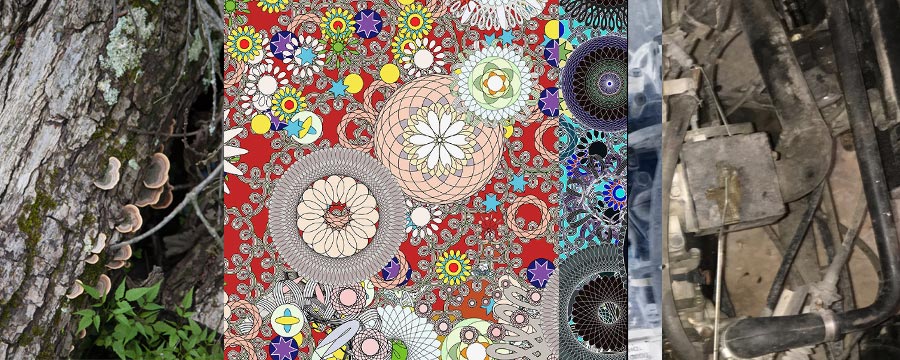



From a 2007 Interview:
What is your favorite course to teach? Why?
It is hard to say what my favorite course is. If I had to chose, I might select those at the freshman level. Working with beginning students is different from working with those at more advanced levels. They are like clean slates – eager, trusting, attentive, malleable – and they grow incredibly. Additionally, it is terrific to watch the students you first knew as freshman, as they proceed through the program and ultimately graduate as informed, capable, and talented artists.
What are some of the primary objectives you try to meet as an educator?
Art is fundamental to our world. As careers go, it is a no less noble than those in medicine, law, engineering, or science. It is where humans are at their most human. I want students to know this, to believe it, and to live it to their core.
Art is about free thinking, risk taking, self expression and personal discovery. I try to inspire these traits. I also stress social awareness and individual responsibility. I teach skills of course, but most importantly, I try to show students how they must ultimately become their own best teachers.
What are some specific steps you take, projects you assign, communication techniques you use, etc, to meet your teaching objectives?
I adapt. I care. I challenge. I question. I joke. I plan. I improvise. And, I expect my students to teach me.
How do you try to help prepare your students for a professional life as an artist/scholar?
For the true artist, art is more of a calling than a profession, but it is a profession nevertheless – and a difficult one at that. If one is to succeed, one must be absolutely committed. I test commitment.
The artist must make art… always, continuously, religiously, emphatically, no matter what. Everything I teach is intended to prepare students for their professional lives, but the one thing that stands out is instilling an unwavering work ethic.
Please discuss the relationship between your career as an educator and your career as an artist/scholar: The relationship between making and teaching art is like the relationship between fire and water. One warms, the other quenches, and there is the ongoing struggle to keep them from extinguishing each other.
Please briefly describe a particularly inspiring/exciting/successful interaction with a student or a group of students:
It is great to detect the spark, to kindle it and nurture it, and watch it as it ignites into a raging fire.
What are you working on now?
This question can be answered in different ways. For example, I am producing work to be exhibited in upcoming exhibitions. (I.e., I currently have work on display at the Museum of Modern Art, Wales, included in the exhibit, “Stone, Plate, Grease, Water”, an international survey of contemporary lithography that will be exhibited in several European art centers.) However, more important than producing work for exhibitions is what I am actually working to achieve in my work. At present and for the past several years, I am pursuing a notion – a notion that beauty and violence can be interwoven non-representationally and in such ways that alter how we see the world and our existence within it.
2007


